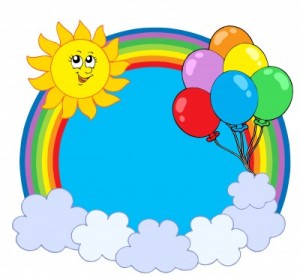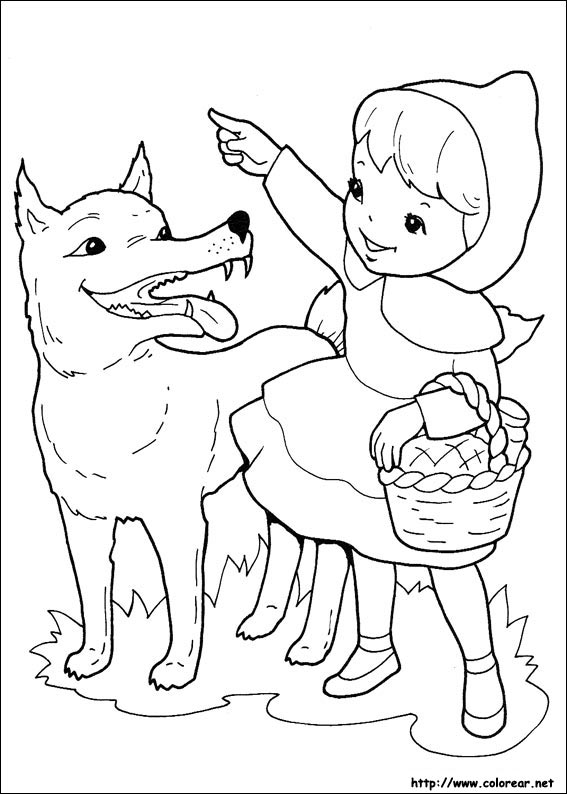This story, The Vain Little Mouse, is about a pretty mouse, who meets some animals, but she doesn't like them. In the end she meets a handsome cat but, what will happen?
I have prepared some activities for children of 4 years.
Pre-teaching:
The teacher must show the children who are the characters of the story.
For example, she can show different animal toys such as the mouse, the rooster, the dog, the pig, the cat.
The teacher can ask some questions about these animals:
What colour is the mouse?
Is the mouse big or small?
Teaching:
It's time for the story:
Once upon a time, there was a little mouse who was very vain.
One day, the little mouse was sweeping her little house when suddenly she saw something shining on the floor, a gold coin. The little mouse picked it up from the floor and began to think what she would buy with the coin.
 "I know, I'll buy some sweets, oh no, my teeth will ache. Then I'll buy some cakes, oh no, my tummy will ache, I know I'll buy a pink lace for my tail."
"I know, I'll buy some sweets, oh no, my teeth will ache. Then I'll buy some cakes, oh no, my tummy will ache, I know I'll buy a pink lace for my tail."
The little mouse put the coin in her pocket and went to the market. Once in the market, she asked the shopkeeper for a piece of his best red tape. She bought it and went back home.
The following day, when the vain little mouse woke up, she put her lace on her tail and went out onto the balcony of her house. At that moment, a rooster appeared and said to her:
"Little mouse, little mouse, you who are so beautiful, would you marry me?"
 And the little mouse answered:
"I don't know, I don't know. Which noise do you make at night?"
And the rooster said:
And the little mouse answered:
"I don't know, I don't know. Which noise do you make at night?"
And the rooster said:
"cock-a-doole-do."
"Oh no, I wont marry you because I don't like the noise that you make."
The rooster went and a dog appeared:
"Little mouse, little mouse, you who are so beautiful, would you marry me?"
 And the little mouse told him:
And the little mouse told him:
"I don't know, I dont know, which noise do you make at night?"
"Woof woof"
"Oh no, I wont marry you because that noise frightens me."
The dog went out and a pig appeared.
"Little mouse, little mouse, you who are so beautiful, would you marry me?"
 And the little mouse said to him:
And the little mouse said to him:
"I don't know, which noise do you make at night?"
"Oink, oink."
"Oh no, I wont marry you bacause that noise is very rude."
The pig went out and a cat arrived saying to the little mouse:
"Little mouse, little mouse, you who are so beautiful, would you marry me?"

And the little mouse said to him:
" I don't know, I dont know, which noise do you make at night?"
And the cat with a sweet and soft voice told her:
"Miaow, miaow."
"Oh yes, I'll marry you because your voice is very sweet."
So they got married, the vain little mouse and the cat with a sweet voice.
The two of them lived happily ever after and that's the end of the story.
Post-teaching:
Now we are going to imitate the differents animals:
The teacher says:
"Everybody is on the floor sleeping, and when you wake up, you are going to be a little mouse"
The children must imitate the mouse, its movements, and its sound.
We repeat the activity using other animals, such as a pig, a dog etc.























